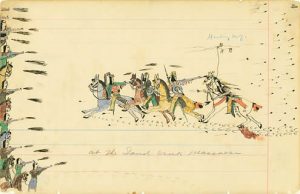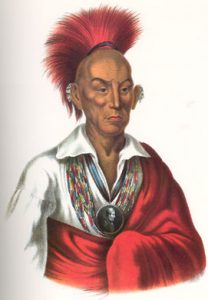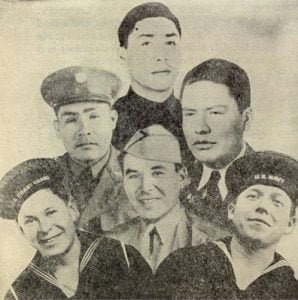Boggsville, Cradle of the Colorado Cattle Industry
The manuscript “Boggsville, Cradle of the Colorado Cattle Industry” by C. W. Hurd, published by the Boggsville Committee in 1957, serves as an introductory exploration of the rich history of Boggsville, Bent County, and the Arkansas Valley. This work aims to address the frequently asked questions from locals, tourists, and history enthusiasts about the notable individuals and events that shaped the region during the latter half of the nineteenth century. The manuscript provides a glimpse into the lives of pioneers who were instrumental in taming the frontier and establishing the foundations of the Colorado cattle industry. It highlights the significance of Boggsville as a central point in the pioneer narrative of the West, emphasizing the area’s contributions to the development of the cattle industry in America.





